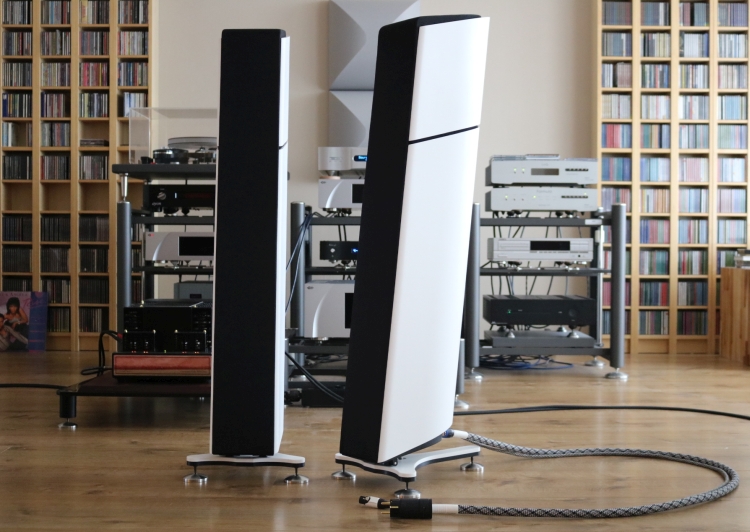
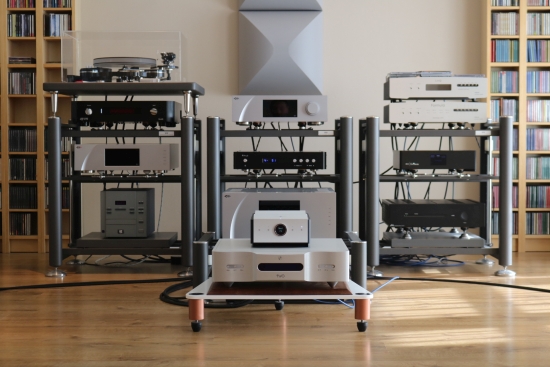
Review Context
The Fully Active Stillas will be listened to primarily using the Antipodes K50 Music Server along with HQPlayer software to stream to the Aqua LinQ that outputs via Jorma AES/EBU to a trio of DACs. There’s the resident CH Precision C1, the Vermeer TWO, and the Mola-Mola Tambaqui. For the Vermeer part, I also used the Origin Live Calypso mk4 turntable with ViRA Aidas rainbow cartridge and the CH Precision P1 phono preamp. Speaker cables and power amplifiers are made redundant.
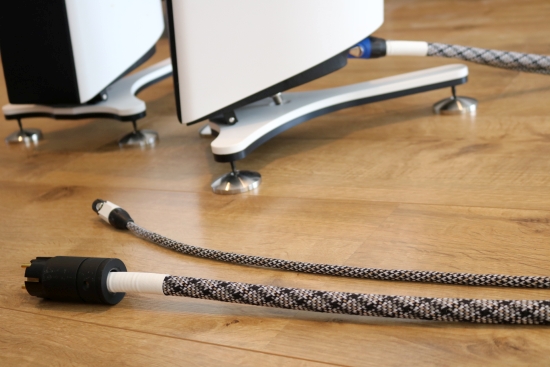
Cables
The Stillas are powered with an early model of the Aequo Exclusive Power Cable and connected with an early model Aequo XLR interlink cable. The company has developed a completely new cable portfolio which is coming soon. These cables are using a newly found technology called Ferroguard™, which they claim will set new boundaries when it comes to shielding of audible interfering frequencies.
These cables were used for all my testing during this review. I will write a dedicated review when the new cable portfolio is launched officially by Aequo Audio.
Setting Up
To get me started, Ivo and Paul positioned the speakers in-between the Magicos, using an electronic angle detector, and a laser distance measuring device. And just like the last time, in no time, the speakers sounded great even though they could ideally be further apart. Whilst adjusting the ARPEC controls, Ivo noticed that he ended with each speaker’s two dials much more in their neutral positions than the last time. Moreover, while there was quite an offset in level between the left and right speaker the last time, now he was able to use the same level setting for both speakers. He wondered if he was right in concluding that my room now had more bass gain?
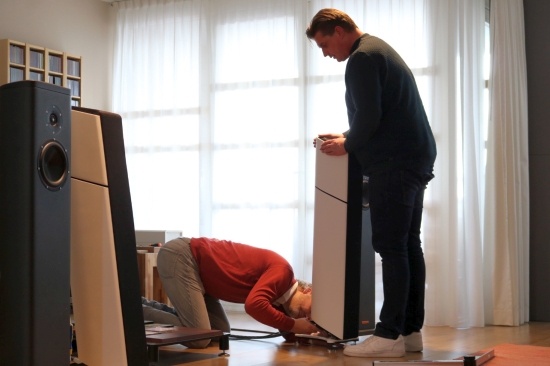
Paul and Ivo made sure to set both speakers at the right rake angles as this greatly affects their focus and precision
At the time of the initial review, my room acoustics were uneven in terms of bass response and while this was a source of annoyance for me, it created the perfect conditions to showcase the Stilla’s strengths. That is, to achieve a perfectly flat bass response from both speakers, even in a far from perfect room.
In order to counteract the uneven acoustics in my room during the initial review, the bass level was reduced for the left speaker and increased for the right speaker. I already knew that the left wall and front corner contributed to a huge mid-bass spike, but as I learned only recently, the glass wall on the right side gobbled up a large amount of bass.
As Ivo’s measurements and auditory memory so nicely confirmed, the extensive reinforcements that I installed on the glass wall and the strategic placement of diffusers and absorbers have worked out precisely the way that I intended them to.
Simultaneously, the hitherto large discrepancies in my room acoustics did provide the perfect situation during the first review to use the Stillas’ ARPEC system in a real-world environment and, subsequently, prove the strengths of their design.
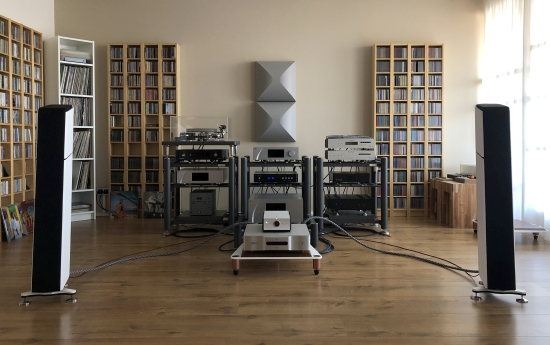
Listening
As mentioned, I will use three different DACs to illustrate the Stillas’ performance. I will start with the CH Precision C1 not only because it is my reference DAC but also because it is the one that I used with the Hybrid Stillas.
In many ways, my experiences with the Active Stillas are carbon copies of those of the initial Hybrid Stilla review. Not only are the two models very nearly identical in build and looks, but they also sound very nearly identical. Just like the Hybrid Stillas, the fully-active Stillas have room-filling soundstaging while simultaneously being capable of superb imaging and razor-sharp focus. The layering in the depth plane is absolutely fabulous and has to be heard to be understood. And just like with the Hybrids, the resolution is again first-rate.
Where razor-sharp imaging and high resolution can lead to leanness with some speakers, this is far from the case with the Stillas for they sound remarkably full-bodied and with bass so deep and powerful that you can’t help but wonder where the subwoofer is hidden. I’m not kidding! From the Martin Logan ESL15A’s, I am familiar with gut-stompingly loud yet wholly undistorted bass, but there, it is produced by cabinets that are close to being a cubic meter in size. The Stillas, by contrast, seem like two needles stuck into the floor!
Actually, since I skipped much of the technical info that was in the first review, it’s worth reiterating here that the Stillas each use twin woofers that are actually larger in diameter than the speakers’ front baffle is wide. In order to fit the relatively large woofers in the slim enclosure, they are internally positioned at an angle, clever, no? Of course, the rules of physics can only be bent so far. The Stillas’s bass is admittedly not quite as clean or as transparent as that of the twin 12-inch-equipped Martin Logans but the Stillas comes close, much closer than can reasonably be expected. Likewise, in spite of the absence of digital processing, depending on the music that is played, I become conscious of their actively controlled bass, as if a subwoofer has been added to the system. Mind you, it would be a truly superb subwoofer at that. The pairing of the speaker’s lower and upper parts is extremely well done but, ultimately, it’s not quite as coherent and seamless as a fully passive speaker. Of course, the rules of physics also go the other way around, mandating a passive loudspeaker to be absolutely gigantic in order to come anywhere near the extension that the Stillas are capable of.
Bass depth and -heft aside (which can be adjusted entirely as per the user’s desire), the Stillas possess from bottom to top a full-blooded tonality that injects everything you play with a pleasant richness. Class-D sounds overly clean? Not the way that it is implemented here! In spite of their precision, the Stillas really are very far from being clinical. But neither are they polite- dynamically, they are absolutely stunning.
Besides their superb imaging and unbelievably powerful bass, perhaps their most alluring aspect is their natural midrange and the seamlessness with which the midrange driver crosses over to the tweeter. The two drivers seemingly work as one, always delivering vocals, strings, and woodwinds with an alluring “singing” quality.
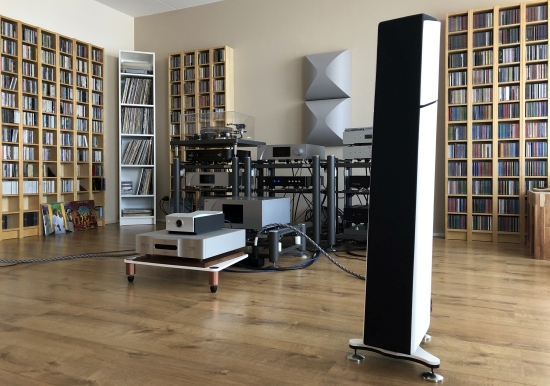
By now it’s quite clear that my impression of the two Stilla models is very nearly the same. This seems only logical since they are 95% identical but that leaves out the fact that I used the first pair with a 31.000-euro amplifier! In other words, replacing this amp with twin Ncore modules leads to the same results? Well, in this implementation in pretty much all aspects very nearly so, indeed.
The CH Precision A1.5 is a highly resolving, very linear, and very transparent amplifier. In these regards, it is sonically akin to a well-executed class D design such as the Ncore amplifiers as used by the Stillas. That goes some way toward explaining the similarities in all the aspects discussed so far and it is difficult to point out where the Big Swiss amp’s extra talents paid off with the Hybrid Stillas.
I certainly don’t feel that any sacrifices have been made in terms of spaciousness, focus, or dynamics. Likewise, in terms of resolution, openness, and overall transparency, I also don’t feel like the two diverge much if anything. Still, it’s not exactly the same experience. So, where do the differences lie? Well, because they are not quantifiable in terms of the usual technical aspects, I’m afraid that we now arrive in a bit of a grey, touchy-feely area. What I think I am missing compared to the previous setup is a tiny bit of magic. Whatever it is that provides the indescribable fascination that I had with the Hybrid models is turned down a few notches. Ok, fair enough, that’s what more can be obtained by totally ignoring the cost versus performance ratio. Also, it is one reason why the Hybrid Stilla model exists in the Aequo catalog.
Now that we have established a baseline performance using the C1 DAC, let’s see how the Stillas perform with two other DACs.
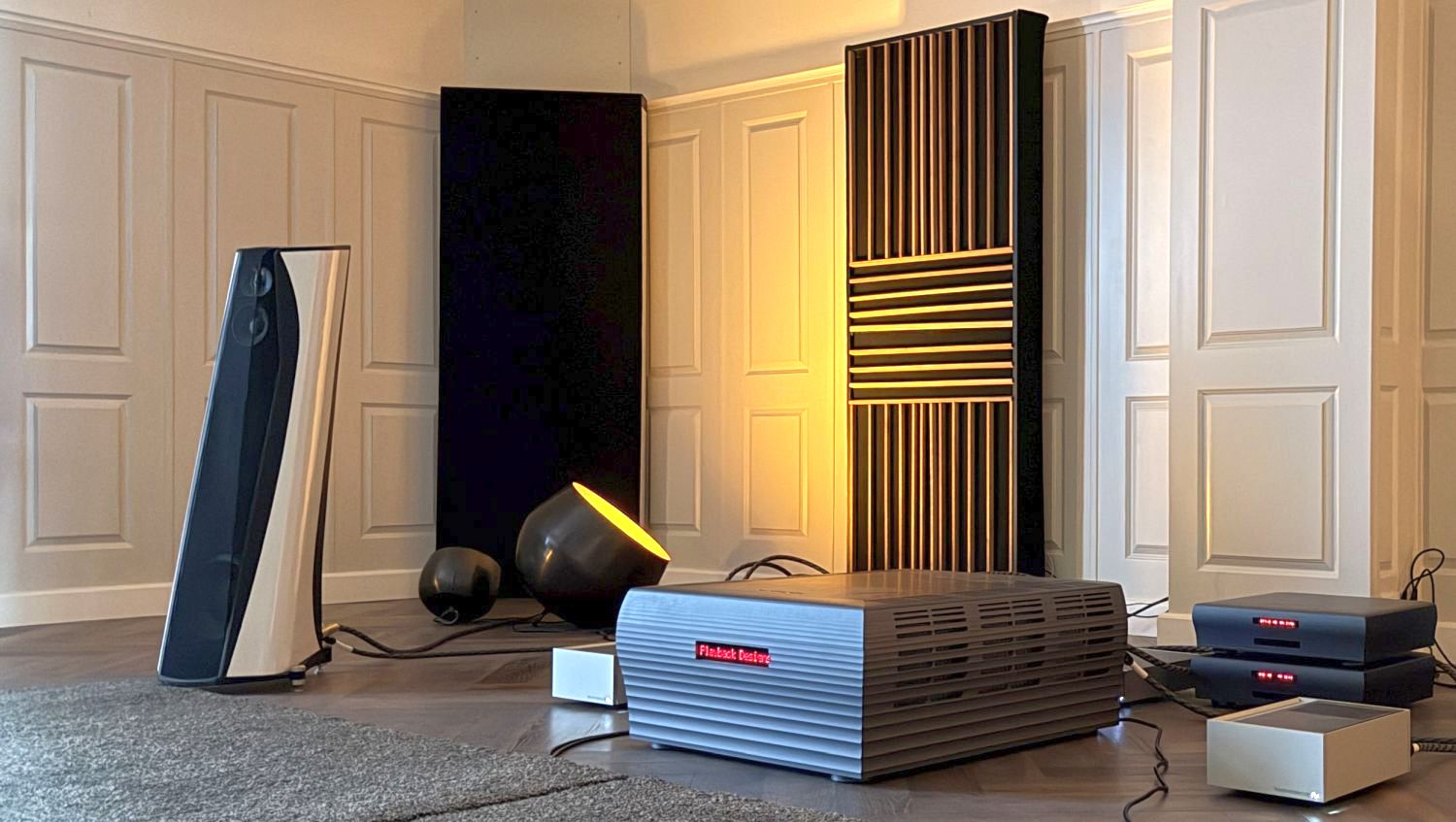
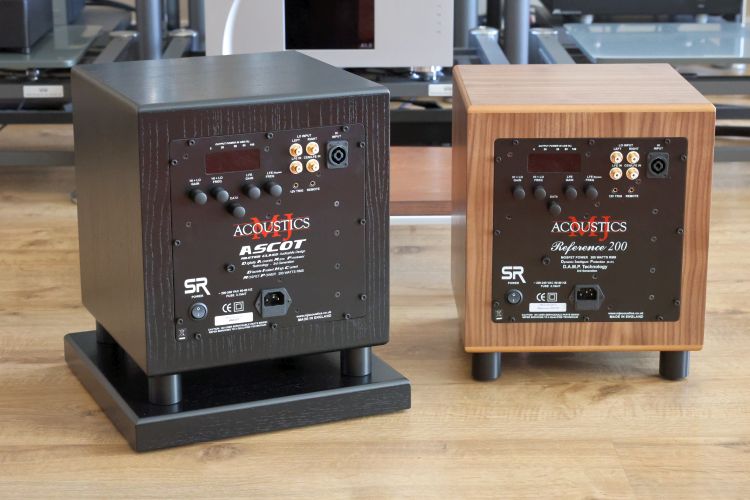
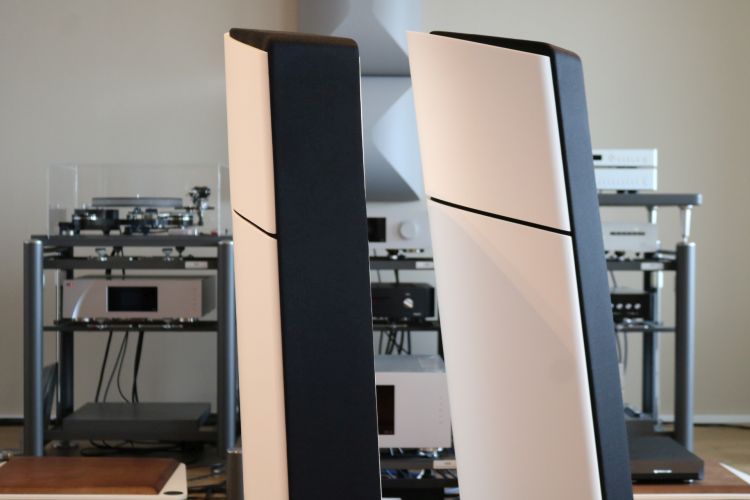
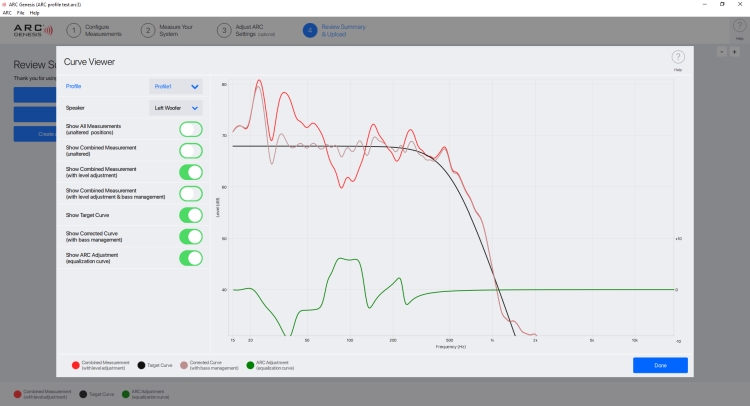
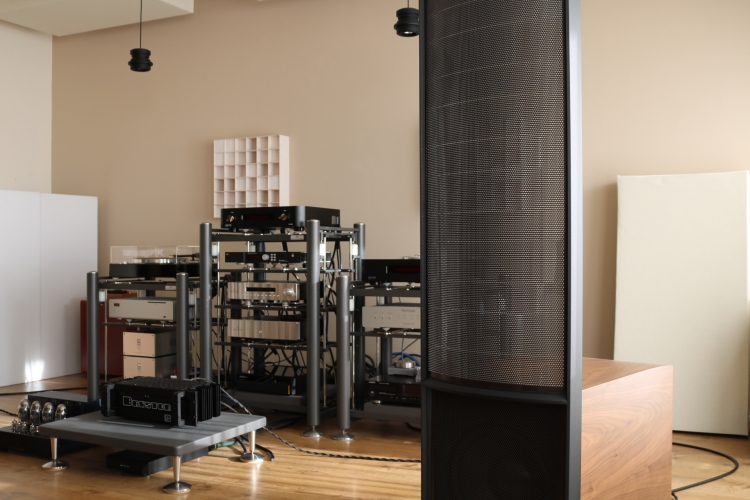
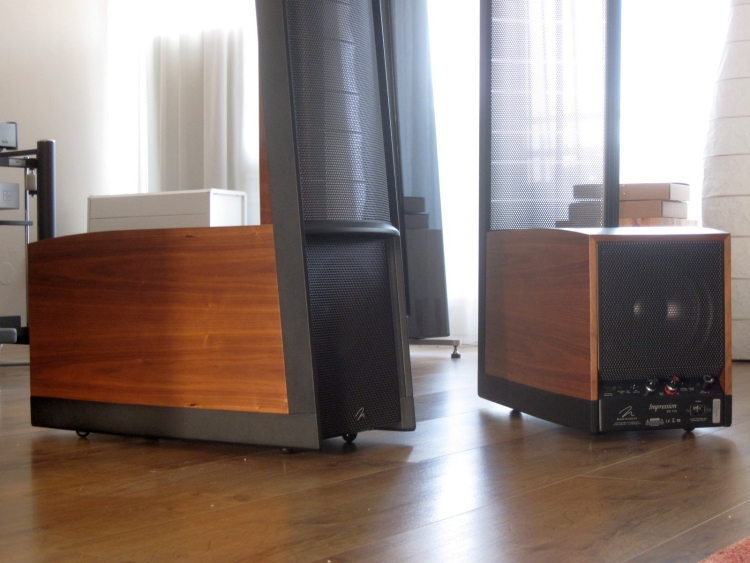
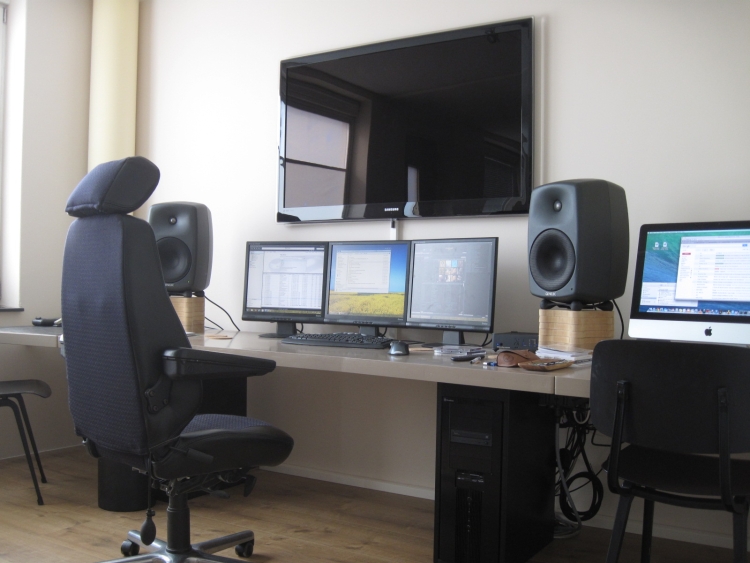
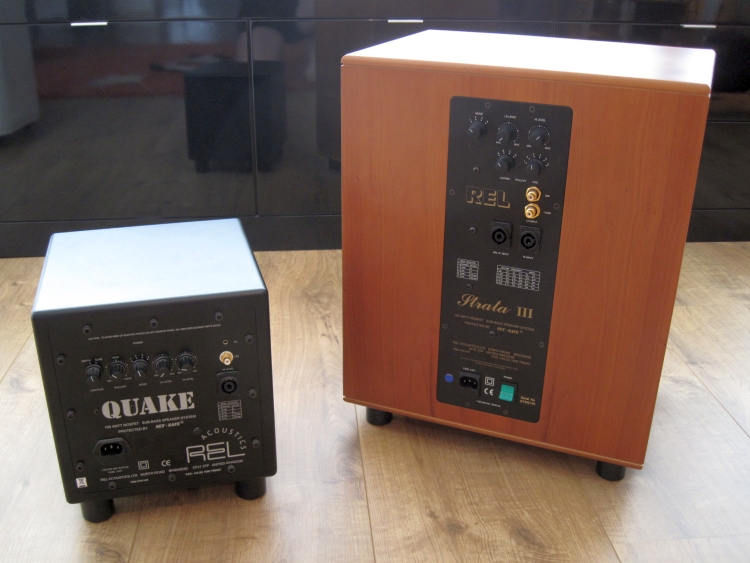
« jPlay is a very comprehensive iPad remote control app for jRiver Media Center »
Hi Christiaan,
Thank you for the review. It’s always a joy to read and come back to hifi-advice.com. Unless you have a mix of JRiver and JPLAY, please note that the app to control JRiver is called JRemote in both Apple and Android versions. JPLAY being an other software for playing music.
Note:
JRiver is even calling JPLAY a hoax on their site! Every audiophile can confirm that is not true. I’ve been a JRiver Media Center user for over ten years and can confirm the software is great for managing files indeed but unfortunately, the company has an attitude towards competitors and even clients. JRemote app was developed by an outsider but stalled at one point probably due to disagreement. I just noticed now there is a JRemote 2 for Android available for again a substantial fee ( instead of offering free upgrades like everyone else does). I did not try this version but just wanted to inform readers if they are tempted to try JRMC and control from any device with JRemote.
Whoops, slip of the keyboard. Thanks Paul, now corrected. Yup, the River Media Center software suite is really great, and the library tools, in particular, are very powerful but I agree that Jim has some weird idées fixes.
The JRemote iPad app could indeed use an update, for instance for the progress bar & App Switcher Bar overlap but so does Roon and even so, JRemote is still more comprehensive than the UPnP competition.